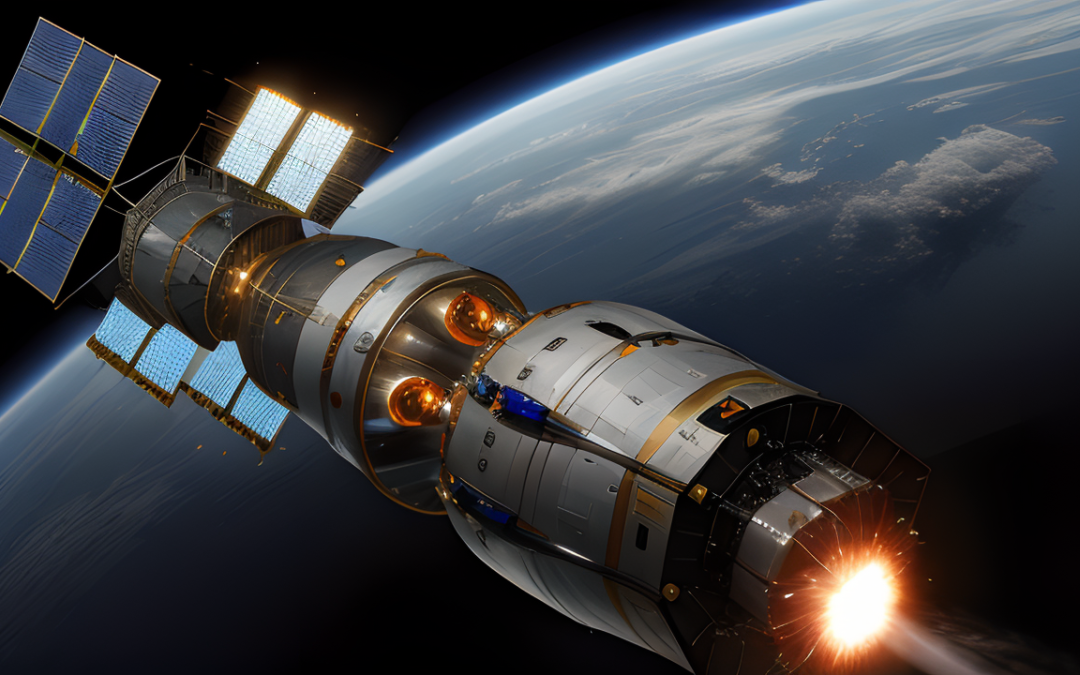I’m between jobs at the moment, but I’m enjoying being at home catching up on things. This has included publishing the fourth Blood Girl book and starting to plan the fifth, and possibly the sixth. I’ve also published the first of what I hope will be a number of children’s picture books.
Just recently, I’ve also been doing some more research. Although I write science fiction, I feel the world of the Blood Girl books needs to be rooted in some scientific reality. This had led me to research such things as being an astronaut (thanks Chris Hadfield), the effect of a major nuclear war and the ensuing nuclear winter (not cheery), identifying the safest place to be (turns out I’m in as good a place as you could be) and also looking at space travel.
If I were writing space opera – which I intend to at some point – I’d be quite happy to employ faster than light travel without explaining it because a fast moving story is more important than potential scientific reality. Mind you, it does irritate me in the Star Wars films when they travel mindboggling distances as if they were driving across town.

My own research has led me to look into nuclear fusion. This isn’t to be confused with nuclear fission which is what is used in nuclear weapons and power stations. Nuclear fusion is cleaner and safer and involves merging atoms, not splitting them. It’s the same process that goes on in the sun apparently, although that doesn’t help me understand it.
Scientists and engineers are actively looking into this and have managed to briefly achieve it in the lab. What they haven’t yet managed to do is sustain it in a way that means they could use it to power a spacecraft.
If and when they achieve this, they reckon they could fly ships at up to 500,000mph. One UK based company called Pulsar reckons they could get to Mars in half the current time (so 3-4 months), Saturn in a quarter of the time (which is still two years) and Pluto in about four years.
Accelerating and decelerating would presumably take quite a while, and I don’t think you’d be seeing any nifty manoeuveres at that speed so those high speeds would just be for deep interplanetary space. They’d also need to allow fuel to slow down given that, according to Newton’s First Law of Motion, an object in motion remains in motion at constant speed and in a straight line unless acted on by an unbalanced force. This means that in a vacuum without the influence of gravity, a spacecraft would keep going at a constant speed. This also means that all those films which show spacecraft with their engines on all the time are wasting fuel – or accelerating. This is presumably done because many viewers won’t be familiar with the laws of physics and an engine which doesn’t appear to be firing would probably look strange.
I have other concerns though. Current space travel has to be wary of small pieces of debris puncturing space craft, but what if you’re going at hundreds of thousands of miles per hour? Even a small rock hitting the ship at that speed could presumably destroy it. (Ever been hit by a hail stone which is going considerably more slowly?) Should we be looking at the magical force fields – or ill-defined “shields” of Star Trek at the same time as we develop those superfast engines?
Fortunately, I’m only an author and so I still deal in fiction. This gives me the luxury of being able to pick and choose what parts of science I take on and which bits I conveniently ignore. While I hope that nuclear catastrophe stays in the realms of fiction, space travel is something which I hope continues to happen. And who knows, some of you may be among those who do head for the stars.
What are your favourite bits of almost science and fantastical science?
